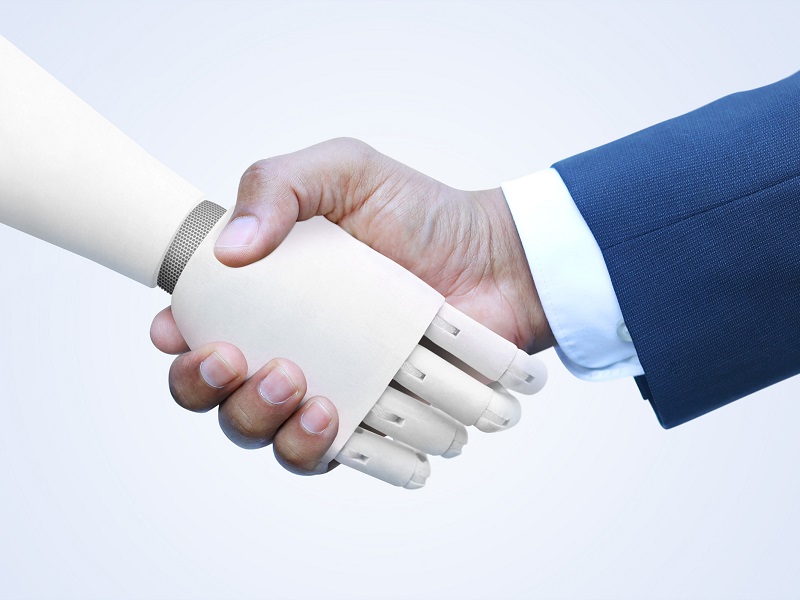

Artificial intelligence tools like ChatGPT are becoming critical in helping human resources leaders balance the necessary administration in recruitment processes, says Andrea Bartlett, vice-president of people at HR consultancy Humi.
“What’s exciting to me is AI [is] another tool in the HR professionals’ tool belt that can enable them to offset the administrative tasks to some degree, which frees up time to [make an] impact elsewhere.”
Humi is using ChatGPT in tasks such as creating job descriptions and industry-specific interview questions. “If there’s a specific certificate or compliance requirement, it can help you suggest interview questions based on competencies that you described in the job description. And it also helps with our outbound efforts. When we reach out to candidates using the AI tool [with a] unique outreach message for a [specific job], it will come up with lots of different solutions based on [that] role.”
Read: Does artificial intelligence have a place in human resources?
Humi is also using ChatGPT to automate much of its recruiting process — validating background checks, creating onboarding tasks and syncing reminders to complete different steps.
Bartlett believes AI will become part of the fabric of the expectations of an HR professional. Indeed, HR professionals will likely require training in these tools, much like they already do in compliance, occupational health and safety and the Employment Standards Act. “The genie is out of the bottle, so it’s very hard for me to imagine a world where this isn’t a component of somebody’s responsibility in the field of HR.”
However, because AI comes with privacy risks, she says it will complement human capital in the HR landscape due to a need for human accountability and authorship. In addition, since these tools can be used in many different ways, she believes the way they’re embedded within a business will impact how people are trained.
“It really is about streamlining HR processes and making it more efficient with the help of these tools and technology. At the end of the day, the tool is only as good as the person who is using it. I think that is true for any tool.”
Read: 2022 Tech Insights: Using technology to build a competitive benefits plan
